
Cutting beak:
Birds with long, slender beaks with cutting edges, like jungle crows, can cut plants in a variety of ways.
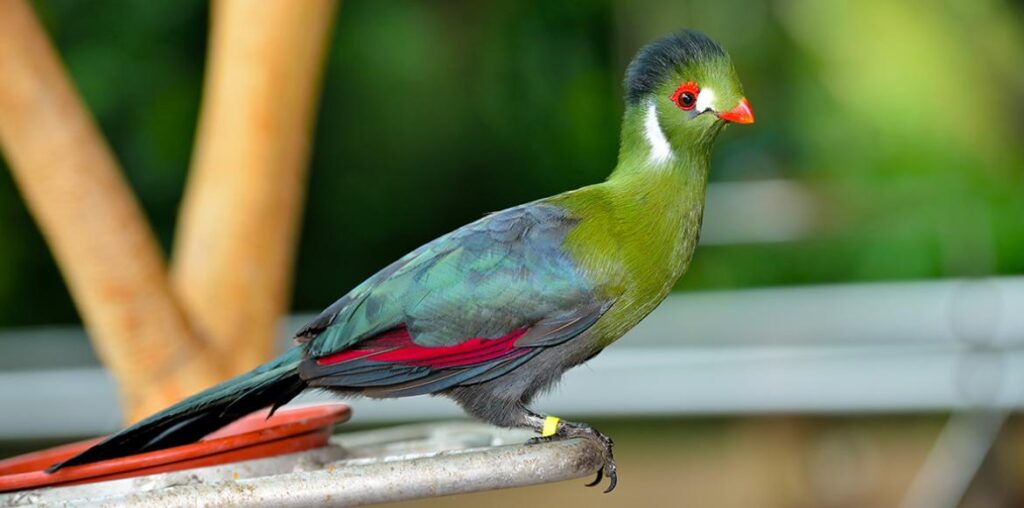
Fruit-eating beak:
The beak of a parrot is extraordinarily powerful, huge, pointed, and deeply hooked. They can easily nibble on or crack open tough seeds and nuts, which are a cornerstone of their diet. The enormous beak of hornbills may appear to be heavy and clumsy, yet it is actually relatively light due to its cellular inside. It has been hypothesized that these cells serve as resonators, allowing the bird to emit its incredibly loud cry.
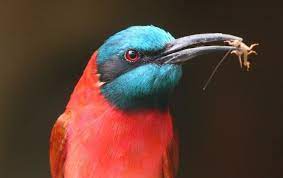
Insectivorous beak:
Swifts, Robin Swallows, and Frog-mouth Swallows have small, wide, and delicate beaks designed to sweep up their living insect prey while flying. Fly catchers have a small, powerful beak with mandibles that are rictal bristled at the base and notch-tipped at the tip.
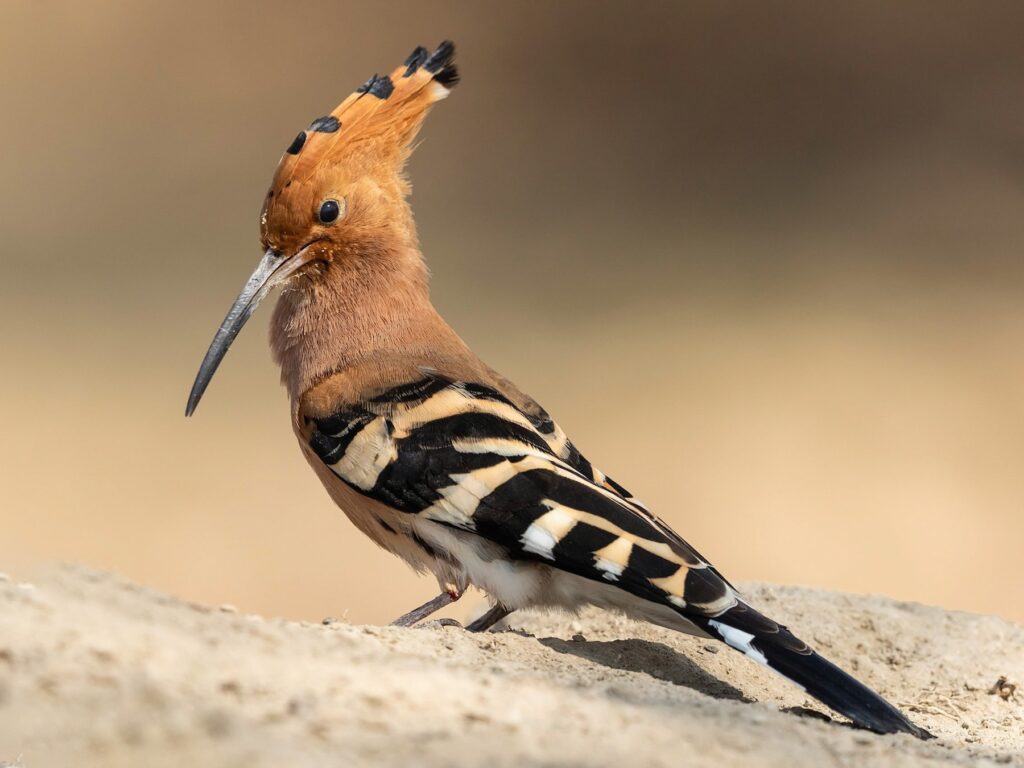
In hoopoe:
The long, slender, slightly curved beak is used for flipping leaves, probing the ground for insect grubs and pupae, among other things.
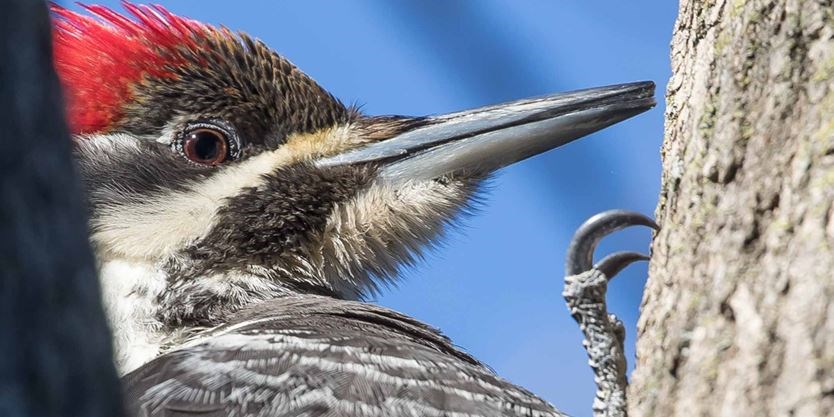
Wood-chiseling beak:
Woodpeckers may drill into the bark or wood to find insect larvae or to build nests because of their long, straight, and robust beaks that resemble chisels. To withstand such beating, they have thicker, shock-absorbent skull bones and strong neck muscles.
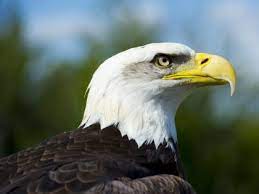
Tearing and piercing beak:
Birds that feed on carrion and consume flesh, such as vultures, hawks, eagles, owls, and kites, have small, pointed beaks with sharp edges and powerful hooks that can shred flesh when used in conjunction with well-developed mandibular muscles.

Mud-probing beak:
Snipe, stilt, sandpiper, Yellow Leg, Kiwi jacana, and lapwing, among others, are common examples of mud-probing beaks. Their long, slender beaks are employed as a probe to pierce deeply into dirt and water in pursuit of worms and larvae. Some of these birds are notable for having extremely long and slender beaks.
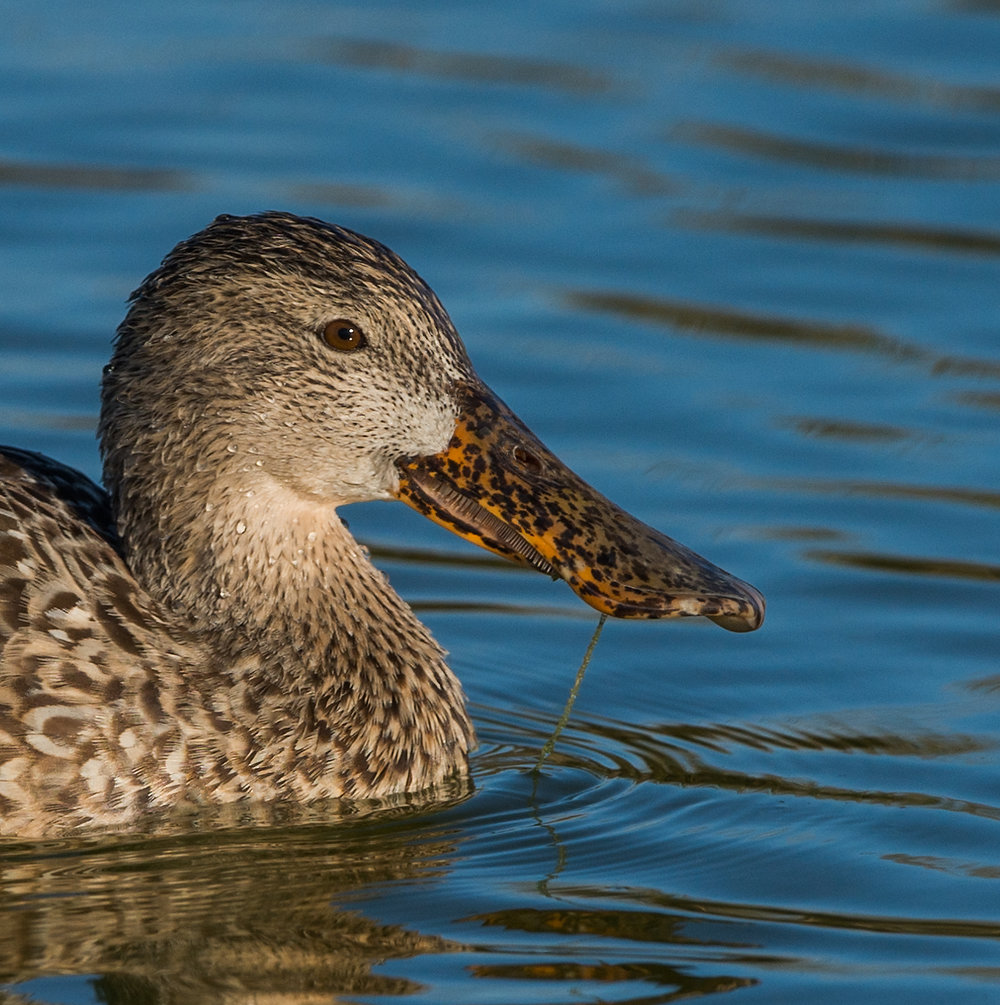
Water and mud straining beak:
The beak is large and flat in ducks, including teals and geese. In order to operate as a sieve or strainer and keep the food in the mouth while letting the water and dirt pass through, the margins of the jaws are equipped with horny serrations or transverse lamellae.
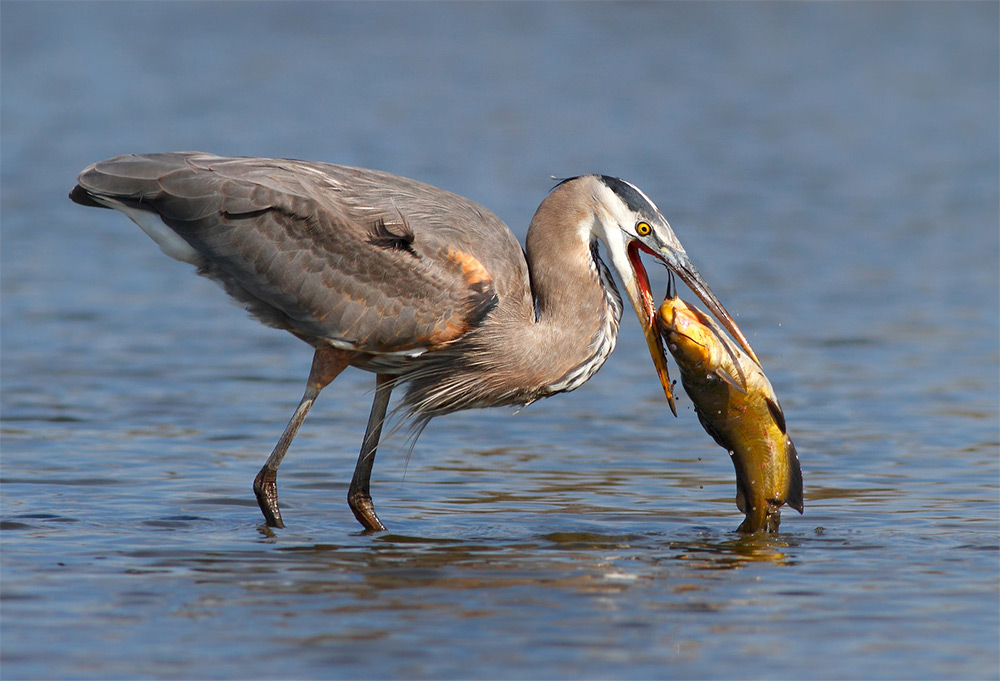
Fish catching beak:
With their long, strong, and acutely pointed spearing beaks, storks, herons, and kingfishers can snare fish, frogs, tadpoles, and other aquatic creatures. Cormorants have long, slender beaks with sharp, tooth-like projections on their edges that are designed to snag fish. These serrations appear as tiny needle-like points on snake-birds or Indian darters.
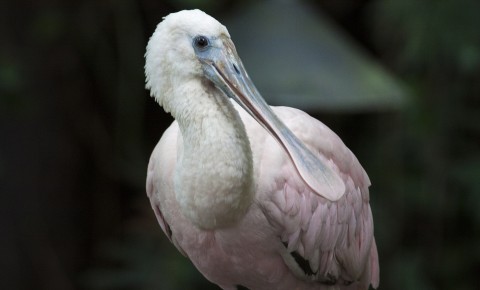
Spatulate beak:
The beak on a spoonbill is particularly specialized. It is flattened over its entire length, but it ends in a broad, spatulate or spoon-shaped expansion that is used to splash around in mud and water in pursuit of the bird’s food, which includes insects, worms, fish, and mollusks.

Pouched beak:
Fish is consumed in great amounts by pelicans. They have a huge beak and a large gular pouch of extensible skin that serves as a fishing net and is linked to the lower jaw.
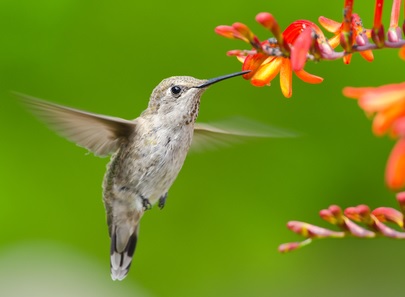
Flower-probing beak:
Tropical hummingbirds’ long, pointed, and rapier-like probing beaks descend down flower corollas to suck honey and insects. In front of the blooms, they suspend themselves in the air while they collect insects and honey. Their beaks are curved or otherwise adapted to fit the specific shape of the blooms.
Also Read – How To Identify An Animal By Its Pawprints



